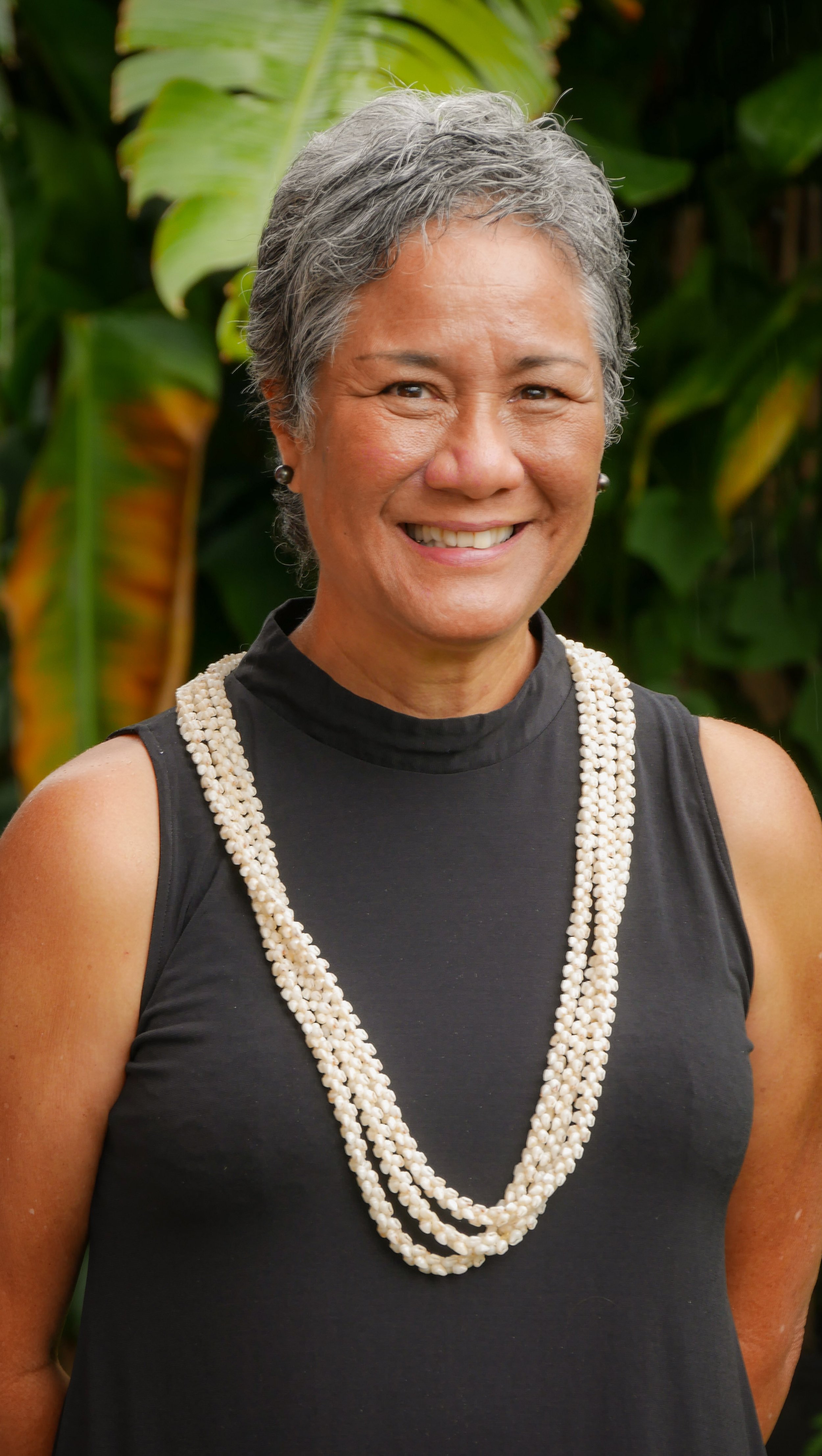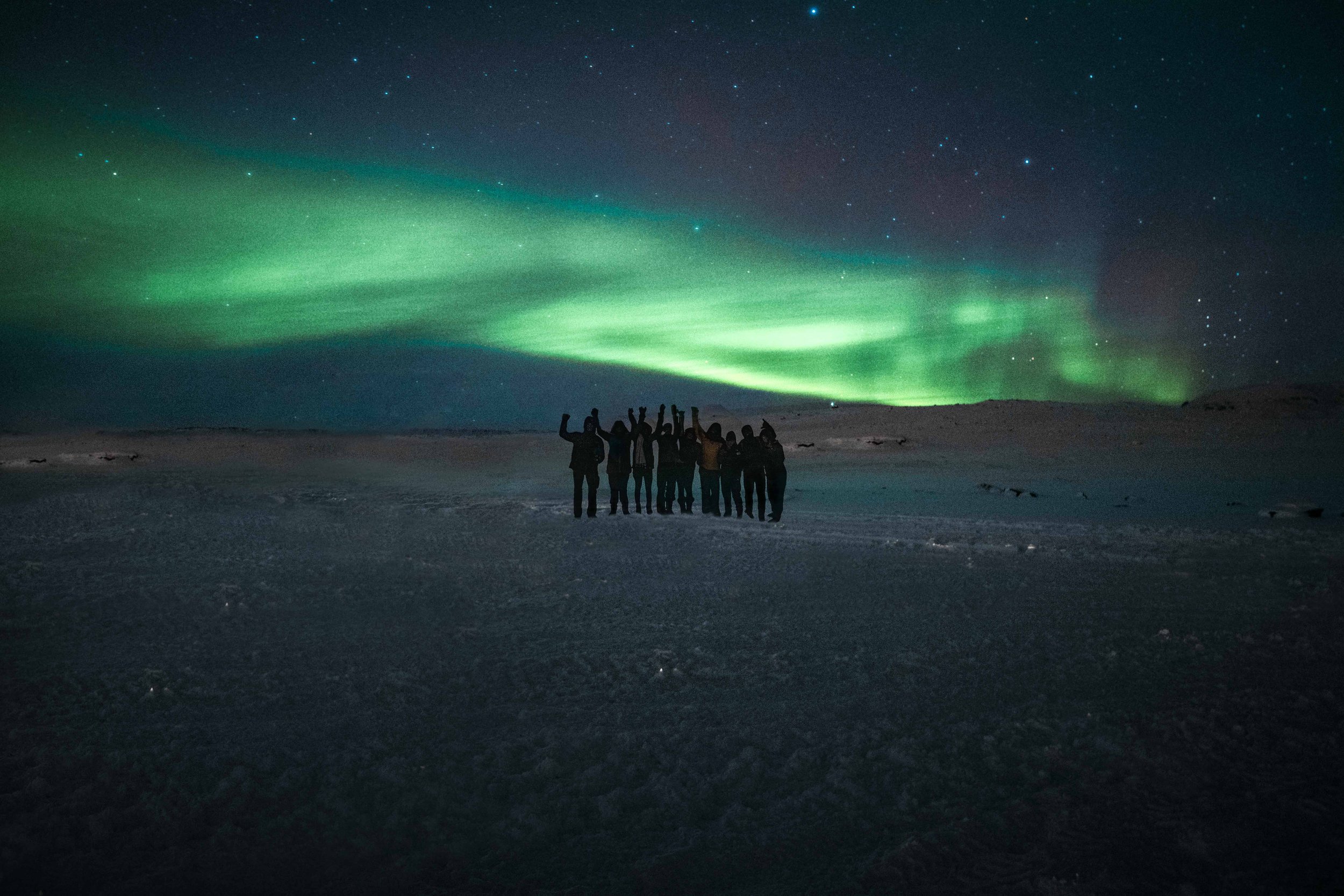An interview with Hermina Morita
Photo courtesy Hermina Morita
Former Kauai Representative Hermina Morita was the chairman of the Hawaii Public Utilities Commission from March 2011 to January 2015. She was one of the first political leaders calling for a transformation of Hawaii from an oil to a renewable economy. She was recently in Iceland – and attended our the RRH forum on carbon capture.
Former PUC Chair Hermina Morita - Photo Joel Guy
How was Iceland?
I went there to see the Northern Lights. Had I known about direct air capture, I would have tried to make arrangements to see the project.
How did you become interested in renewable energy?
Back in 1999, the first year I was the Chair of the House Energy & Environmental Protection Committee, I felt like I didn’t accomplish much because environmental program budgets were being cut back because of an economic downturn. I came away from that session thinking that if I am going to get the money we need for these programs I was going to have to fix the economy. The price of energy has a huge impact on Hawaii’s economy and one of the few ways to address cost and oil price volatility is the development of renewable sources to help stabilize energy pricing. That’s why I worked on introducing the concept of the renewable portfolio standard to create a market floor for renewables. Later, I was at a meeting and the former director of the CIA was sitting next to me and he said the biggest security threat is a worldwide shortage of water and oil. I agreed and it made me even more adamant about working on this issue.
What are your thoughts on the progress made in Hawaii over the last twenty years in renewable energy?
Until political leaders understand Hawaii’s energy transformation is a systemwide, multi prong approach and long-term commitment, simply approving a renewable project here and there is not going to cut it. Too much emphasis has been put on solar especially by not adjusting the tax credit when it was no longer necessary to subsidize, making it a windfall for some homeowners on the backs of other rate and taxpayers and being aware of the impacts on the grid. The needed short-term transitional solutions like replacing aging, inefficient generators with more efficient, flexible generators that could help control costs for the ratepayer and bring on more renewables and provide grid resiliency were drowned by soundbites like no new fossil fuel generators and 100% renewable. The reality is the first 40-60% of renewables reflects the low hanging fruit, getting to 100% will not be easy and will take a focused, concerted effort to maintain cost controls, reliability and resiliency.
Why has the experience on Kauai been so different from the rest of the state?
Leadership and risk management.
Now the world has become dependent on oil again because of Russia did you ever
expect that to happen?
I don’t think it’s “again,” we still are heavily dependent on oil - but it just makes me recall again what the former CIA director told me over 15 years ago, Putin’s war puts stark reality on fossil fuel’s grip on the world’s trajectory - whether we buy Russia’s oil and gas to fund Putin’s terror on humanity and dismantling of democracy or fail to move on climate change, we see the brutal impacts of a fossil fuel based economy.
What do you think about the future? Do you think that Hawaii should have an energy
mix that includes wood?
Hawaii should have a diverse renewable energy portfolio that includes biomass. The future certainly looks brighter with technologies like direct air capture and taking carbon dioxide via virtual pipelines to manufacture essential products that help reduce Hawaii imports and help boost other economic sectors.
What is the future for small islands like Lanai where you are from?
Small islands like Lanai should be the low hanging fruit to be fully powered by renewables by now. You have the island’s population located in two main areas and you have good solar, wind resources and storage technology. And, it should be a lot easier to integrate electricity into transportation. People don’t put very much mileage on cars so electric vehicle range is not a big issue.
Many Native Hawaiians have been against geothermal because they say it offends their
Native religious belief. Yet it is commonly done in New Zealand. Do you think people
in Hawaii can be more flexible towards geothermal if it is the choice between that and fossil fuels?
I think the biggest fear is the desecration of a potential geothermal resource site, therefore dishonoring and desecrating Pele. So a project would have to be done in a pono way for sure, to feel this is a gift and a way to honor Pele and how she blesses our lives with her power. But it’s not like we are totally unfamiliar with geothermal. We have the Puna Geothermal Venture experience to know its positive impact for Hawaii Island’s energy mix. We should also look to the Maori and Icelanders to understand how they live in concord with the use of geothermal resource. Like kanaka maoli, they also have a deep respect for nature, culture and their important deities.
How do you see Hawaii’s future. Are there things to be optimistic about?
In general, Hawaii’s future looks bleak , being overly dependent on the visitor sector and the lack of affordable housing and trained workforce. However, especially after the covid shutdown, there is a new found appreciation for our natural resources, quality of life and being self-sufficient. At least from my perspective, I am seeing my community (Kauai)saying we have capacity limits and stepping up to improve the quality of a visitor’s visit not numbers. Another bright spot is the variety of locally sourced vegetables and meats now available.


